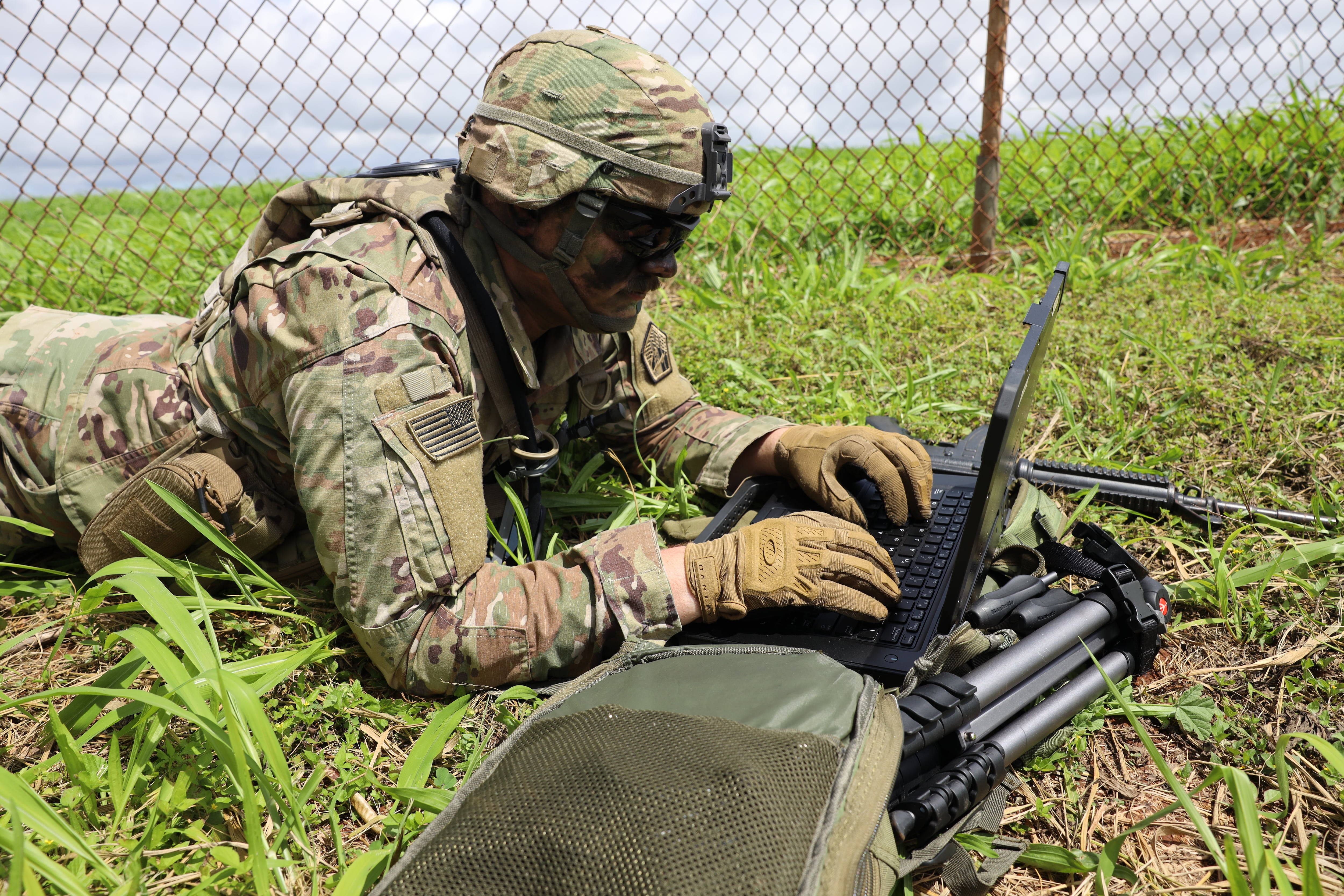The technological age continues to unfold in exciting ways, not least in the realm of defense. The Department of Defense (DoD) is increasingly incorporating unmanned systems to carry out various tasks, including surveillance, reconnaissance, and even combat operations. The Navy recently announced plans to establish a second squadron of unmanned surface vessels amid rising tensions in the Western Pacific.
These systems, which include everything from drones to automated vehicles, have transformed military capabilities — boosting efficiency, decreasing risk to human life, and augmenting mission success rates.
However, while these systems are lauded for their potential to minimize human risk and maximize operational efficiency, they also present distinct vulnerabilities. As technology advances, so do the capabilities of malicious nation-state actors seeking to exploit weaknesses in network defenses. Therefore, securing networks for communication and control of these systems is vital to maintain strategic advantage.
Complex functionalities
The networks of unmanned systems are incredibly complex and often feature disparate (though no less critical) components and functionalities. These allow them to perform essential tasks, including navigation and surveillance, while enabling human monitoring and remote control.
It’s often necessary for information to be shared among multiple unmanned machines working together to complete a mission or make an informed, autonomous decision. One example is the integration of sensor data, which allows for a comprehensive and accurate perception of the environment. Processes like this create a vast attack surface for adversaries to compromise, leading to unauthorized access, data breaches, or even the manipulation of autonomous systems.
Imagine the consequences of a hacker gaining control over an unmanned aerial vehicle (UAV) deployed on a critical reconnaissance mission. The ability to manipulate the UAV’s sensors or alter its flight path could compromise the entire mission and put the safety of military personnel at risk.
Securing the networks of unmanned systems is crucial to protecting sensitive data and maintaining confidentiality. Unmanned systems often gather and transfer valuable information, including surveillance data, strategic plans, and real-time intelligence. If these transmissions are intercepted or compromised, national security could be placed at risk.
Increased capabilities
Cyber-attacks on land and sea have been a significant threat in the 21st century. In 2011, Iranian hackers claimed to have taken control of the U.S. RQ-170 Sentinel drone by hacking into its GPS. As a result, it landed in Iran. This event highlighted the importance of cybersecurity resilience in unmanned systems, including naval ones.
In 2016, a Chinese naval ship seized a U.S. Navy underwater drone in the South China Sea. While the drone was eventually returned, the incident raised questions about the security of unmanned naval systems. It was speculated that the Chinese military might have been interested in the drone’s technology and data, emphasizing the need for secure software development to protect sensitive information.
Navigating today’s threat landscape requires a security perspective that embodies both strong defensive capabilities and anticipatory measures.
Artificial intelligence (AI) and automation play a crucial role in defending unmanned system networks by facilitating autonomous threat identification and countering mechanisms. AIOps is a technology-driven approach that utilizes artificial intelligence and machine learning to enhance and automate IT operations for improved efficiency and proactive issue resolution. AIOps can analyze large volumes of data across domains. This helps preemptively ward off security threats, guarantee the uniform execution of security protocols across the network, and automate mundane security tasks to help these systems run seamlessly, with limited human involvement.
For DOD agencies, in particular, establishing a strategic framework is imperative to gauge the health of their automated systems. The first step to making this happen is assimilating various components, such as logs and tunneled systems data, into a unified and cohesive observable infrastructure. Because these solutions can analyze large amounts of data, they aid in expediting the decision-making processes that steer defense missions toward success.
Securing from inception
As the digital battleground becomes ever more complex, organizations are taking an increasingly proactive approach by adopting software solutions created under the Secure By Design and Secure By Default frameworks. These two philosophies pivot away from applying patches after the system is operational and, instead, make security an integral part of the network construction from its inception. By embracing solutions that take this proactive approach to security, the DOD can better integrate security protections throughout their interconnected unmanned networks. Securely designed and configured networks are better equipped to withstand cyberattacks and other disruptions, helping ensure mission continuity.
A system designed with these security frameworks in mind offers a robust platform for unmanned naval systems operations that can scale over time. It also increases resilience, reduces potential entry points for attackers, and enables organizations to respond faster to perceived threats.
In this vein, many organizations are following the U.S. Department of Defense’s lead in adopting Software Bill of Materials (SBOMs), which help identify vulnerabilities more efficiently and result in a faster response to potential threats. The adoption of SBOMs has seen a significant increase recently, largely due to guidance from CISA, as the industry recognizes the ongoing importance of a more holistic understanding of the system’s structure.
Human-machine collaboration
The shift towards transparency, accountability, and traceability in software development practices aligns with the collective dedication to cybersecurity in today’s dynamic digital landscape. The office of the Secretary of Defense OSD and the Armed Services have recognized the need for “cooperating whenever possible and consolidating the foundational policies and technologies” to “enable the seamless teamwork that highlights future defense operations, whether the teams are manned, unmanned, or combined.”
As cyber-attacks continue to proliferate, it’s imperative that we secure the networks that our military’s unmanned systems rely on. Only a proactive, hands-on, and committed approach to security can help ensure our critical organizations stay one step ahead of cyber threats. That way, we can continue to harness the remarkable strides being made in technology — without succumbing to the risks.
Krishna Sai is senior vice president of engineering at SolarWinds.








